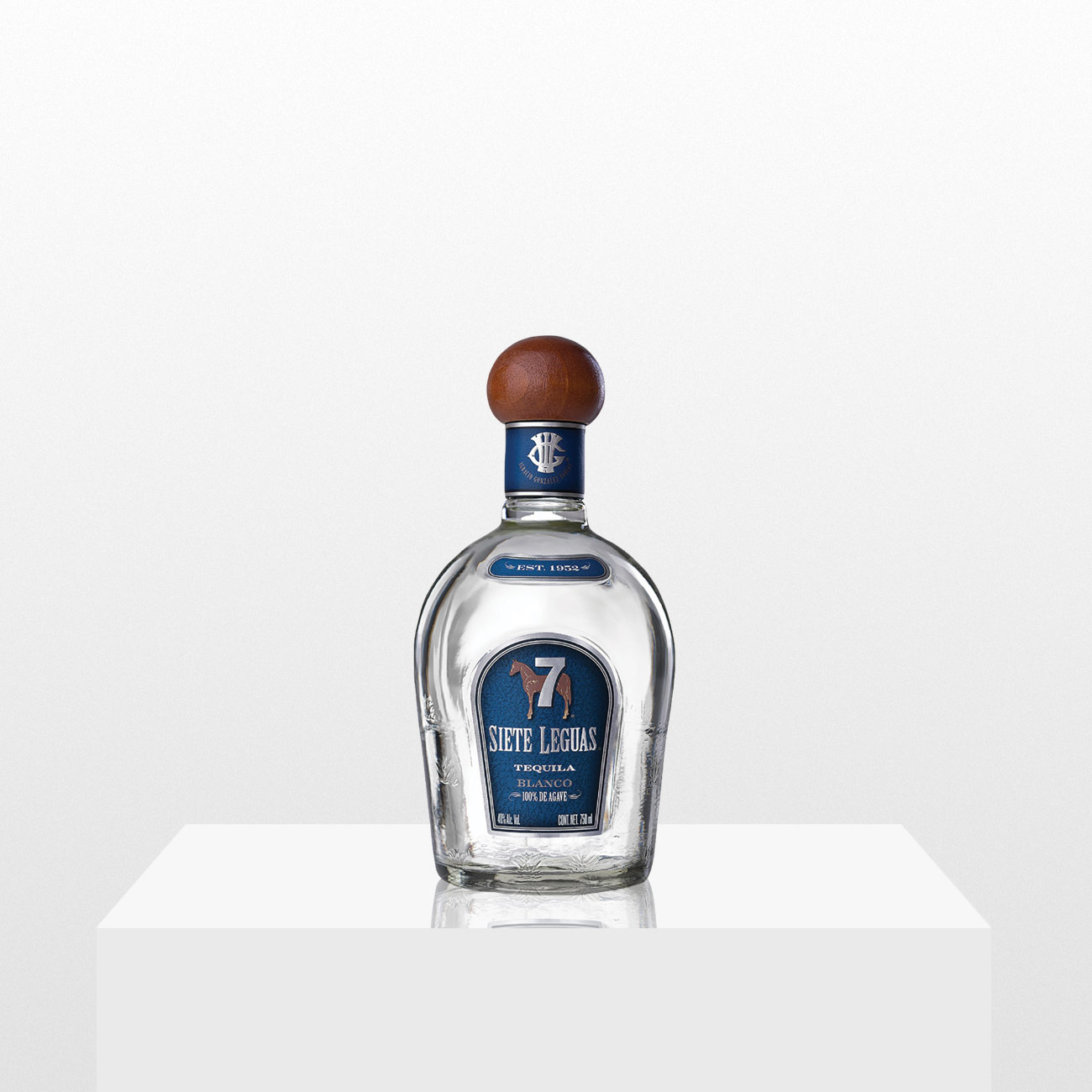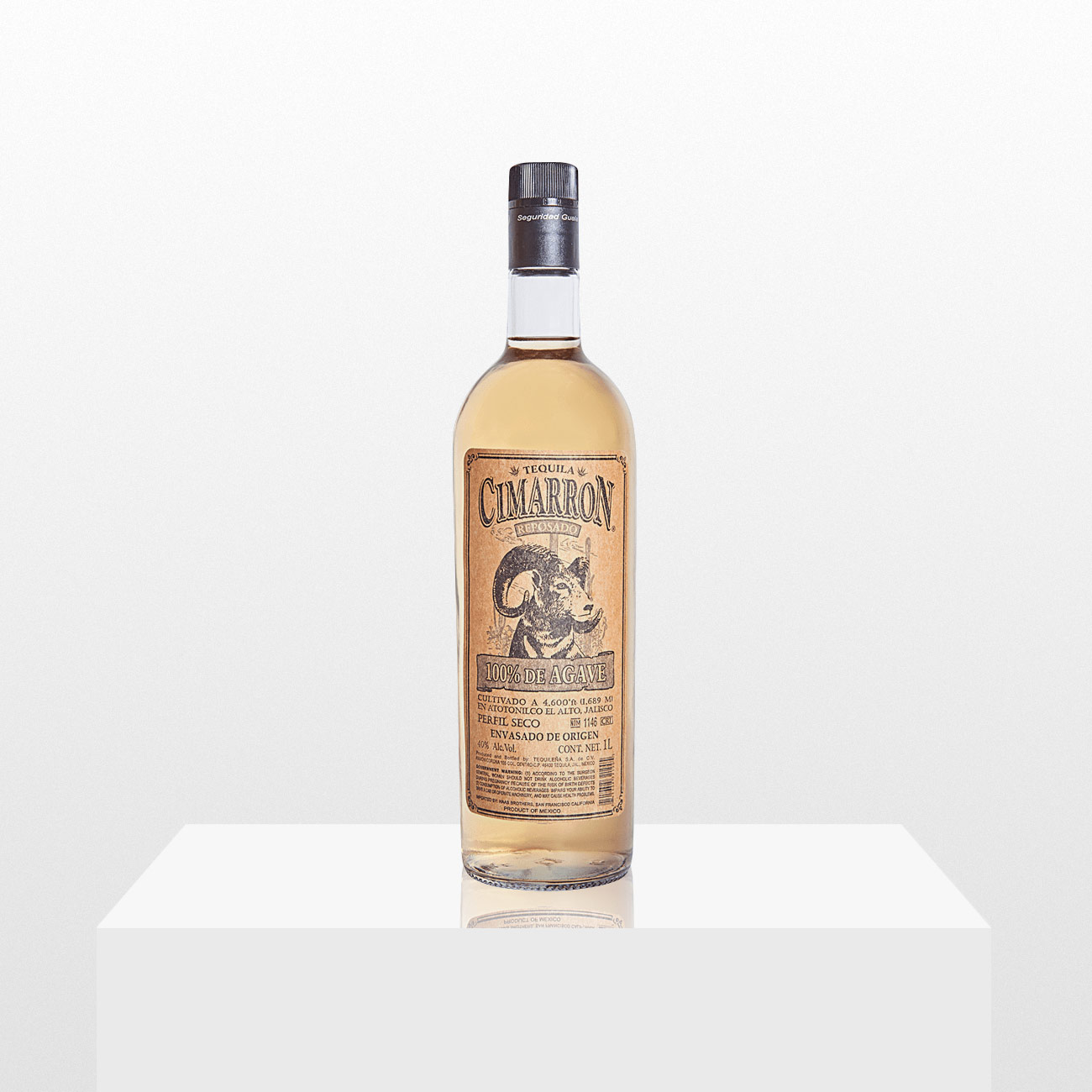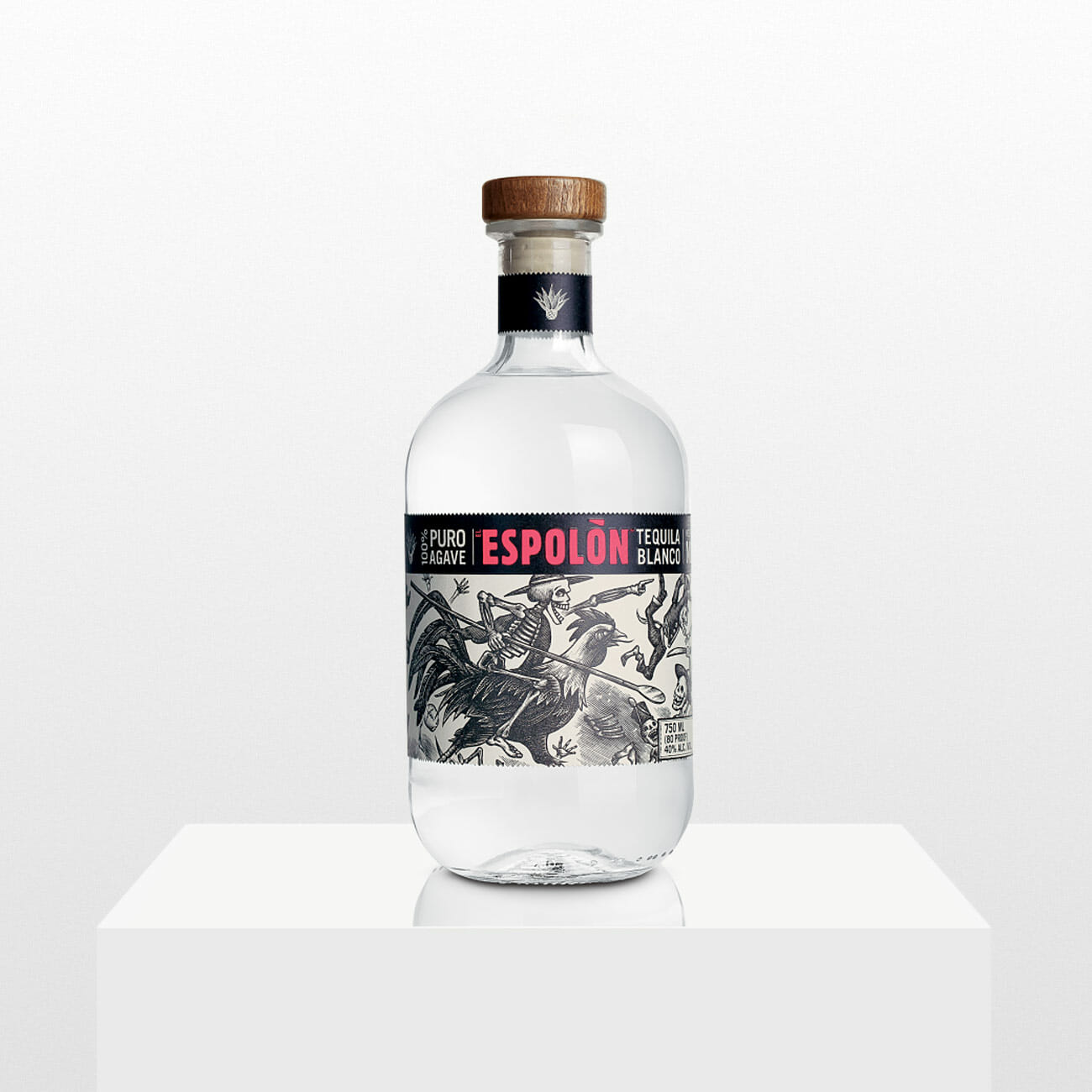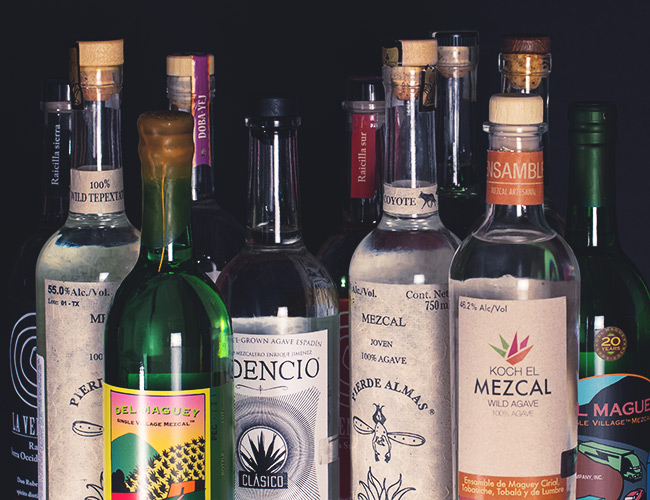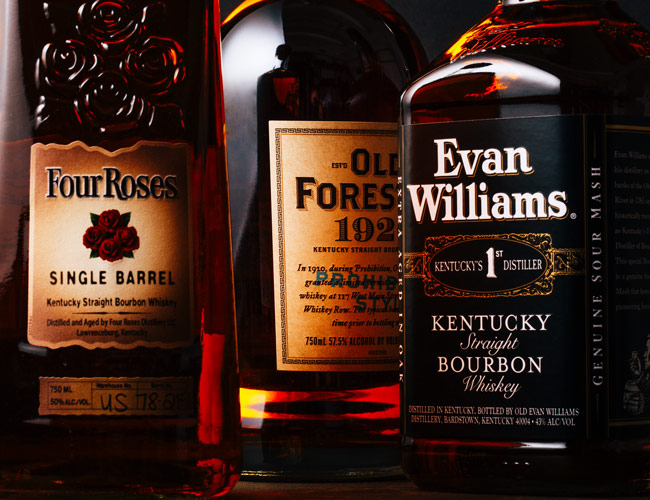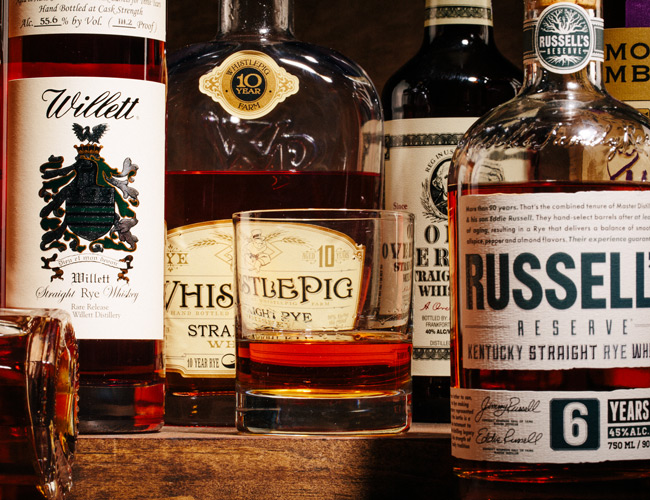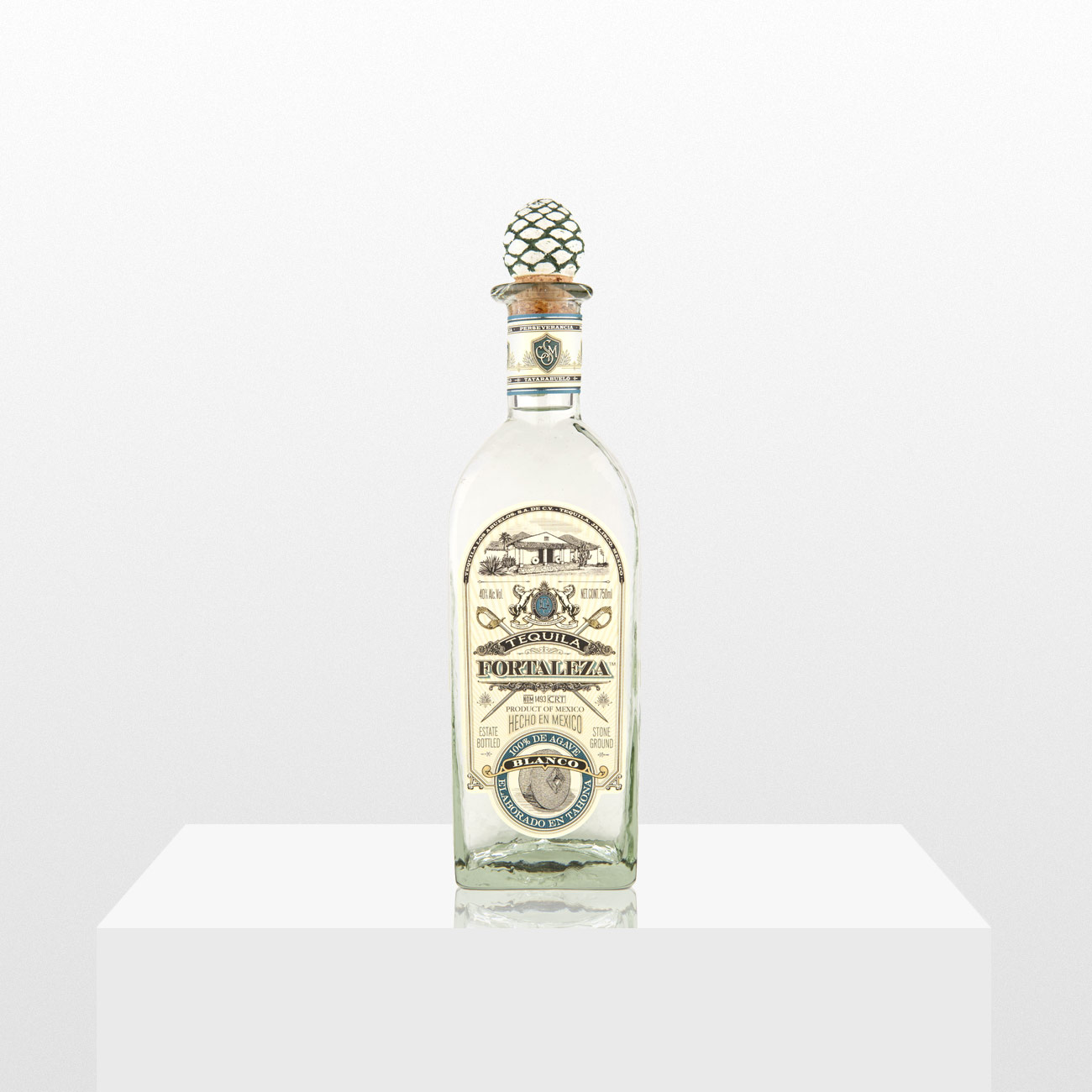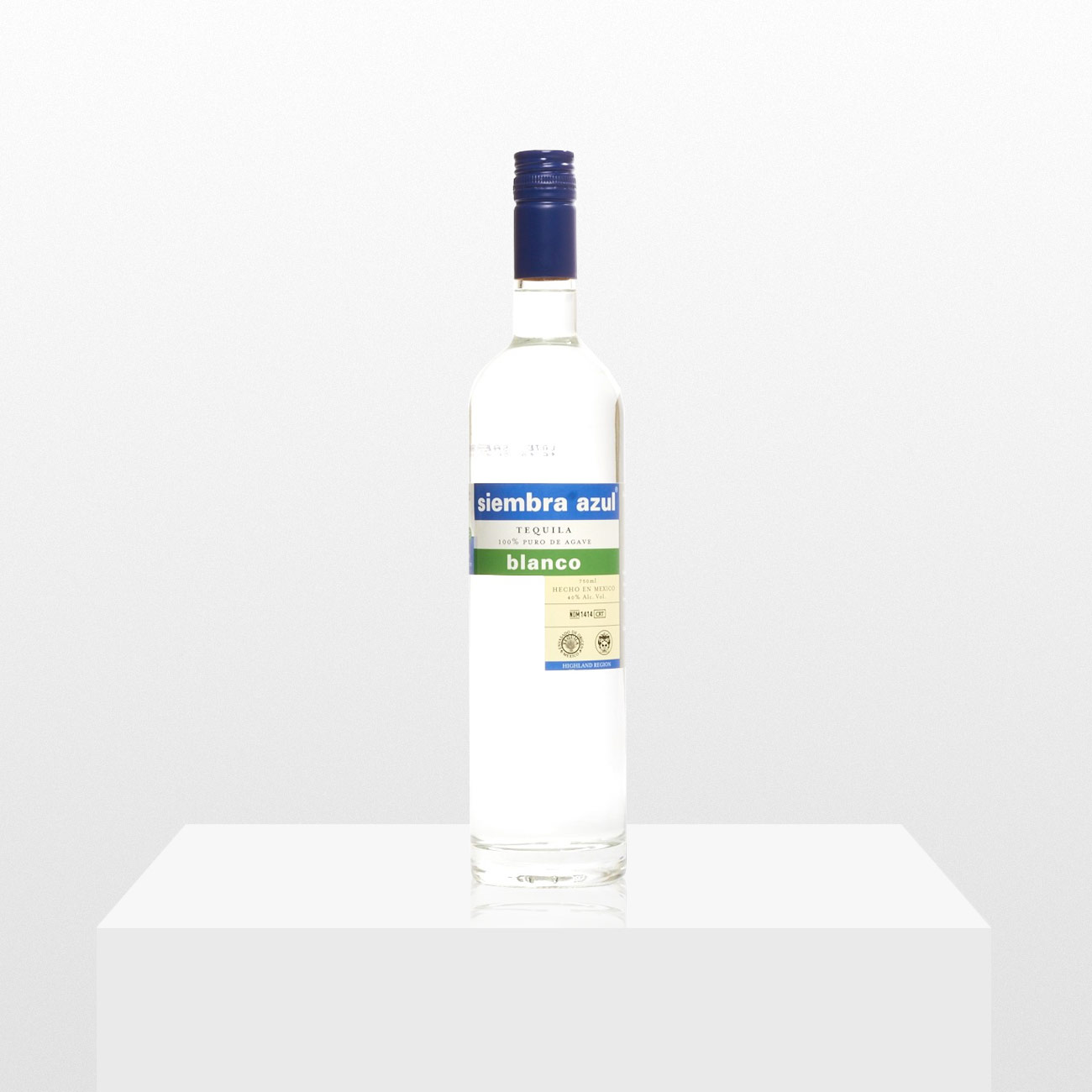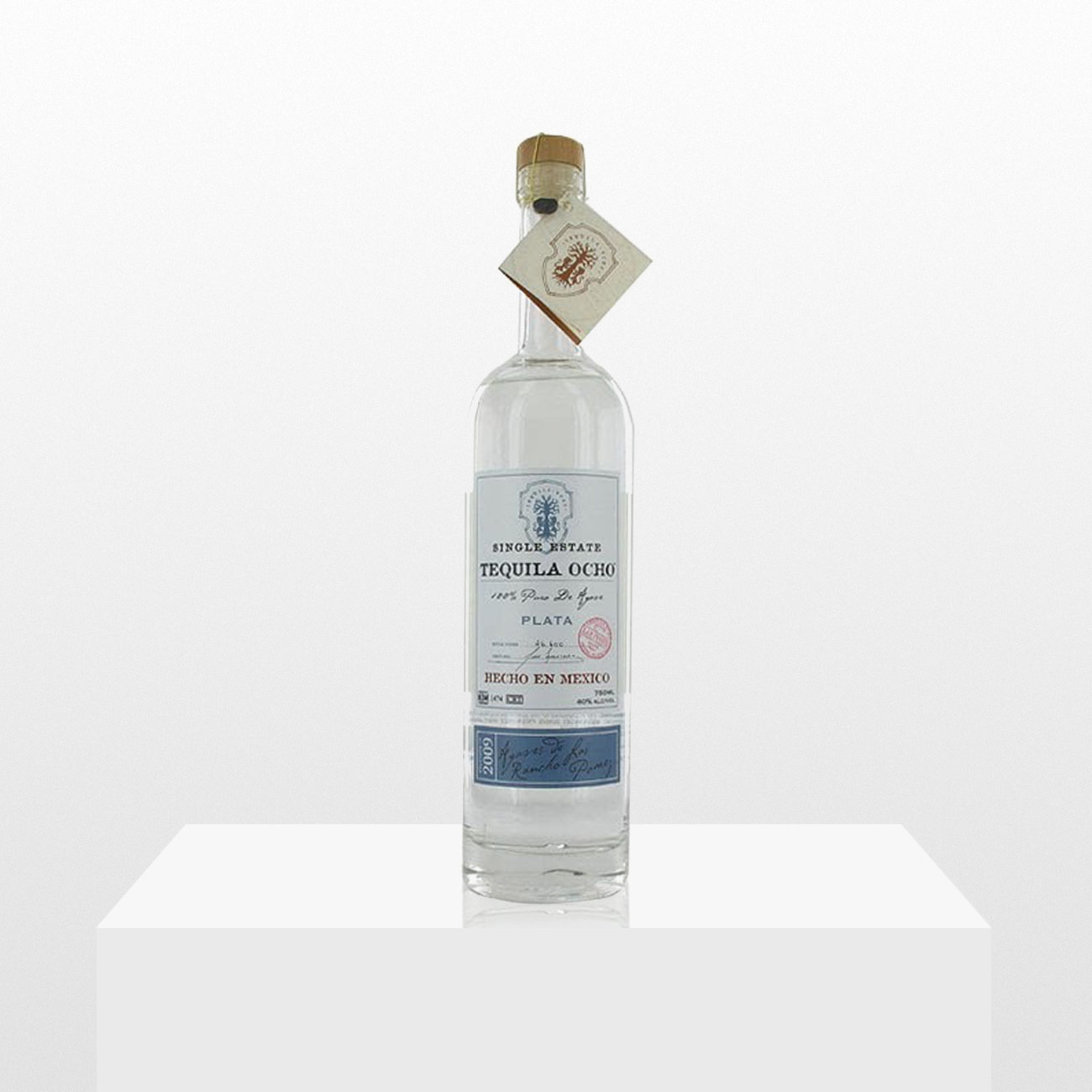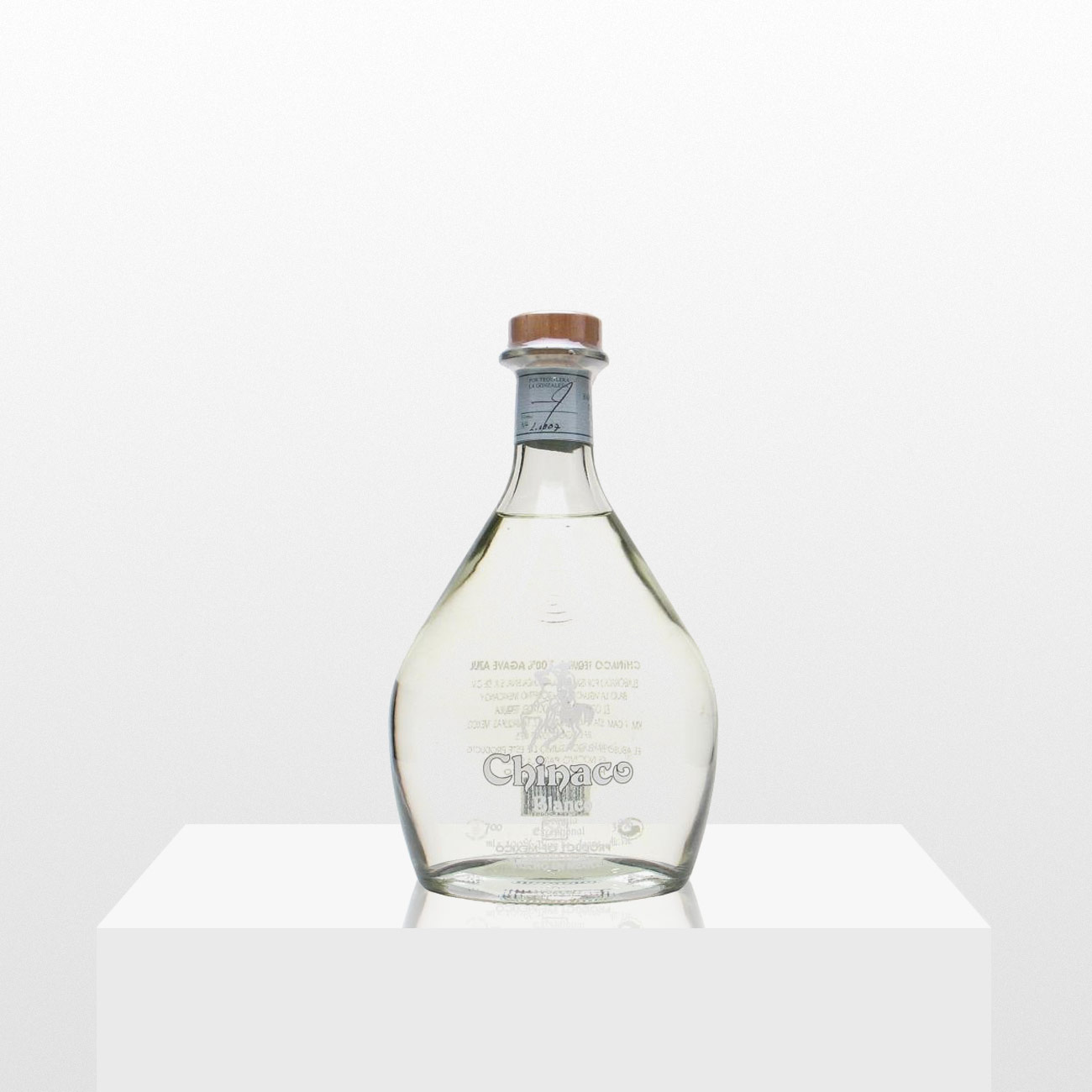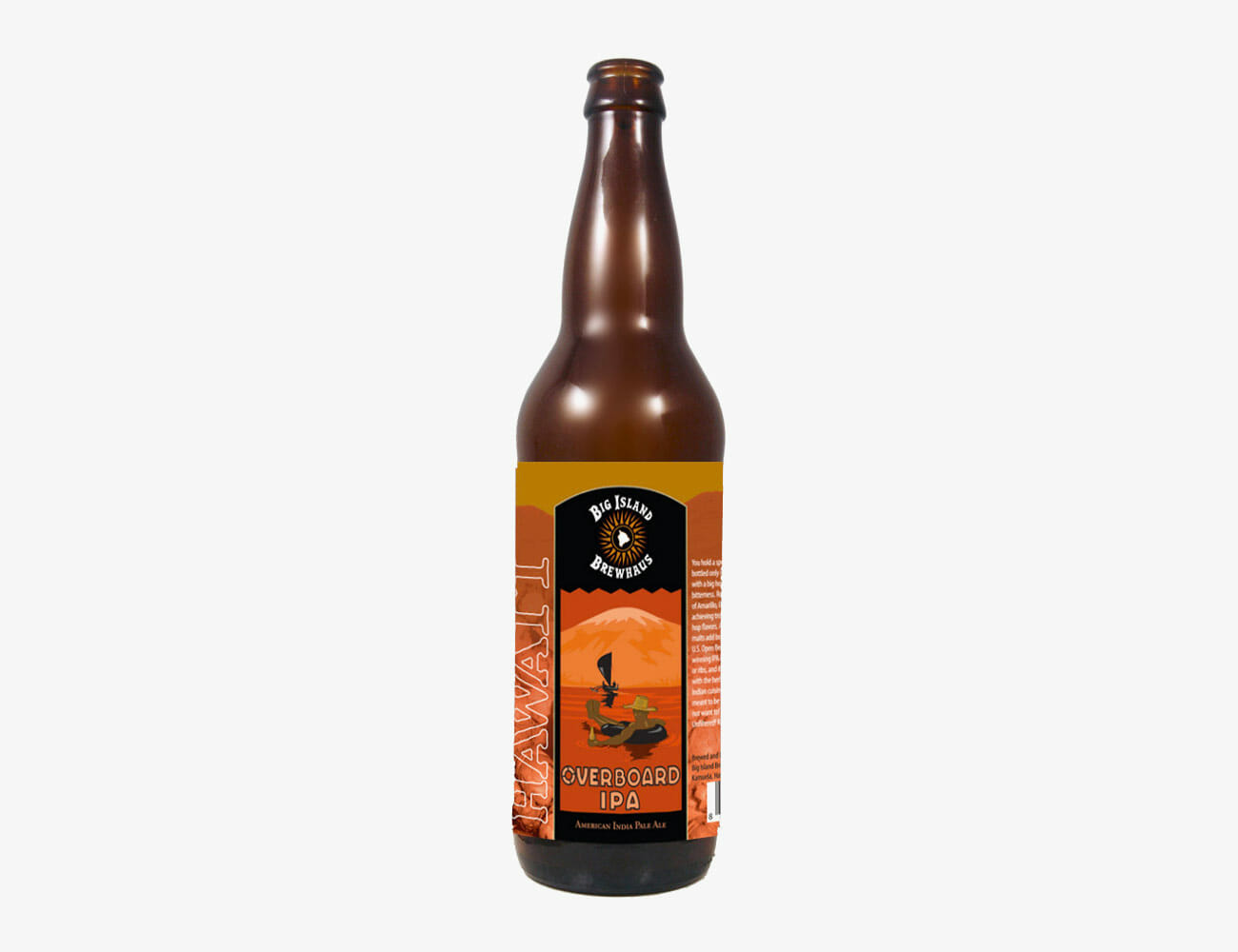This definitive guide to the best tequilas of 2020 explores everything you need to know about the world’s most popular agave spirit, including important tequila terms — such as blanco, reposado and añejo — how to drink it and a list of the best tequila bottles and brands worth tracking down.
Prefer to skip directly to the picks? Click here.
Editors’ Picks
Best Overall Tequila: Siete Leguas Blanco
“This is the brand that basically all tequila is based on,” says tequila expert Chantal Martineau. “The distiller here back in the day was poached by Patrón, whose recipe is based on this one.” A nastier characterization of that is that it was stolen. Its blanco is made using a blend of stone-crushed and mechanically shredded agave. “But what’s really amazing,” Martineau adds, “is that it’s made like mezcal, using the fibers of the plant not only in the fermentation but also in the stills during distillation. That creates intense flavors and a rich, almost velvety texture.”
Tasting Notes: Sweet with earthy herbal notes. Some bitter herbal-green notes, too, but not in a bad way. A very complex spirit.
Price: ~$50
Best Tequila for Margaritas: Cimarron Reposado
“I love making a margarita with a reposado. It brings more spice and an extra layer of flavor,” Martineau says. “This one is great for [cocktails], and it’s only $22. I don’t know why it’s so cheap: it’s very well made by a prolific distiller. Because it’s so mellow, it’s also the perfect pour for someone who thinks they’re not into tequila because of that one bad experience in college.”
Tasting Notes: Mellow and easygoing. Aged in American white oak barrels for three to six months. It’s got a hint of vanilla and a little bit of cinnamon.
Price: ~$22
Best Cheap Tequila: Espolòn Blanco
Cutesy branding and bottle shape aside, Espolòn’s blanco (and reposado, really) is among the best values in the agave spirit category. It’s made without diffusers or additives, it’s available everywhere and it hovers between $20 and $30, depending on where you live. It’s the ideal budget mixer.
Tasting Notes: Sweet, clean, slightly spicy.
Price: ~$25
The best mezcals on the market reflect both the place and person behind each bottle. Read the Story
Introduction
There is perhaps no spirit as villainized or misused as tequila. In America, it’s all about getting trashed; glugging with cheap margarita mix; doing shots that are so unpalatable you need to assault your own tongue with salt and acidic lime; toeing the line between lit up and throwing up. At least absinthe gets to be the bad boy.
Incredibly, that’s just the tip of the iceberg for tequila’s problems. Seven out of every ten bottles are exported out of Mexico, and 80 percent of those end up in the States. Our drinking culture, with its collegiate attitude toward the spirit, has reflected back on the way the spirit is now made, and its place in Mexican culture. “Americans did fundamentally change the industry in Mexico,” says Chantal Martineau, a spirits writer and the author of How the Gringos Stole Tequila: The Modern Age of Mexico’s Most Traditional Spirit. “By the time official laws defined tequila in the 1970s” — it must be made using at least 51 percent blue weber agave, and only in five regions of Mexico — “the spirit had already gained popularity in the U.S., to the point where producers in Mexico were having trouble keeping up with demand. They had to change how they made the spirit, which modernized and mechanized it,” Martineau says.
Seven out of every ten bottles are exported out of Mexico, and 80 percent of those end up in the States.
And so the bar for tequila was lowered. We became consumers, largely, of what’s known as mixto — tequila made using only 51 percent agave and 49 percent non-agave sugars, usually cane sugars. We didn’t check the label for additives like caramel, oak extract, sugar or glycerin, and big tequila producers were happy to oblige us. Which leads us to where we are today: Most of us don’t care about where, or how, our tequila is made. We just want to shoot the stuff and wince.
If we broke tequila, however, we can also fix it. Because for all our denigration, we have not managed to snuff out the soul of tequila. It’s still there, being made the right way, in Mexico — and yes, you can still drink it. “The first time I sat down in a real tequila tasting setting, it was set up just like a wine tasting,” Martineau says. “The glasses were all laid out with space to take notes. People were swirling and sniffing and talking about soil composition. Someone said something about migration patterns, and how the growth of agave spirits had affected those. That’s when I realized this was more than just something that tasted good — it had an amazing story.”
So here’s your way to fix this, drinker: learn the story. Try each of these tequilas, Martineau’s favorites. Made with 100 percent agave, they are subtle and aromatic and worth savoring. Understand what makes them delicious. Respect them. They come from distilleries that represent a connection to the Mexican culture and people. And we should feel lucky to have them.
Before we get to the bottles, however, here’s an overview of what tequila is, and isn’t, along with some tips on how to drink it.
Everything you ever wanted to know about America’s favorite brown spirit, including, of course, the best bottles you can actually buy. Read the Story
Important Tequila Terms You Should Know
Tequila: A type of mezcal made using at least 51 percent of the sugars of the blue agave, which is cooked, shredded or mashed, fermented, double distilled, and then, in some cases, aged in barrels. It must be made in several regions of Mexico, mostly surrounding the town of Tequila, including Jalisco Guanajuato, Michoacán, Nayarit and Tamaulipas. To be imported to the US, it must be at least 80 proof.
Mezcal: A spirit made using various types of agave, which is cooked in a pit underground and traditionally mashed using wooden mallets. All tequila is mezcal, but not all mezcals are tequila.
Blue Agave: A succulent native to Jalisco, Mexico. Its heart, or piña, is harvested, cooked and mashed, and its juices fermented and then distilled twice to make tequila. The use of clippings to create new agave plants, which are in essence clones of the original plant, has created a monoculture for the plant. This has led to increased vulnerability to diseases and parasites.
Mixto: A tequila made using the minimum 51 percent blue agave sugars, supplemented by other sugars, particularly cane sugar. These tend to be low-end tequilas, most often used for shots or margaritas.
100% Agave: As opposed to a mixto, a tequila made using only blue agave for its sugars. It is considered the purer form of the spirit.
Gold, Joven or Oro: Usually, an unaged mixto that has been darkened by adding caramel coloring.
Blanco: An unaged tequila. Sometimes, it has been kept in a vat for a couple of months to settle.
Reposado: Tequila that has been “rested” between two months and a year, usually in used oak barrels.
Añejo: Tequila that has been aged between one and three years.
Extra Añejo: Tequila that has been aged more than three years.
Tahona: A large stone wheel attached to a pole that is towed by a mule or tractor to crush cooked agave piñas. It is the most painstaking process used to mash agave, and, therefore, the most expensive.
Diffuser Method: Using large machines that boil and chemically extract the sugars out of agave. It is generally considered to remove much of the flavor and character from agave and produce subpar tequila.
NOM: Short for Norma Oficial Mexicana. Marked on a label it serves as both proof that the tequila meets standards set by the Mexican government and as a specific number stands for the distillery where the tequila was produced.
Some favor flair, others prefer practical. The collection of things that gets us through the day-to-day is a mini representation of who we are and how we move through life. Here are the everyday carry items we can’t lie without. Read the Story
What Gives Tequila Its Flavor?
“The differences between tequilas really happen in the earlier steps of the making process. Traditionally, the agave piñas are cooked by steaming in a huge brick oven. More modern ways of cooking include the autoclave, which is like a pressure cooker; it can be used to cook the agave quickly or slowly and tends to result in lighter, more citrusy flavors. The third way is not even really cooking: it’s these giant machines the size of a locomotive called diffusers. Real tequila purists take issue with this method. Diffusers tend to be reserved for high-volume brands, though there are expensive luxury tequila brands made this way. It doesn’t cook the agave so much as process it raw using hot water and, in some cases, chemicals to extract the sugars. What it produces is almost like an agave tea.” — Chantal Martineau
Is Tequila Made with Additives?
“Caramel, oak extract, sugar and glycerin are all allowed, and they don’t have to be included on the label. Remember: these sorts of things don’t have to be included on wine labels either. Whether you care depends what kind of drinker you are. Do you want to avoid these things in whiskey? In wine? To me, the craft of making tequila is distilling this amazing, prehistoric-looking plant that people have been using for almost 11,000 years. They used it for everything: building their homes, making clothes, bloodletting ceremonies. They ate it and made beer out of it to worship the gods and make them high. So you have this amazing, sacred plant, and distilling that alone is the art of it.” — Chantal Martineau
How to Buy Better Tequila
‘Hecho en Mexico: “If you don’t find that [on the label], run. There are other places making agave spirits, but they should not be calling it tequila,” Martineau says.
100% Agave: The industry really doesn’t want you to use that term, but what it means is that the agave sugar has been mixed with 49 percent ‘other’ sugars.”
The NOM Number: “Look for what’s called the NOM number,” she says. “That’s short for Norma Oficial Mexicana. That’s a set of standards for everything in Mexico. And every NOM number is associated with a distillery. There are actually only about 150 distilleries in all of tequila country. Most distilleries are making tequila for multiple brands. There are probably close to 2,000 brands now.”
Introduce yourself to the next best thing in brown spirits. Read the Story
Best Blanco Tequilas

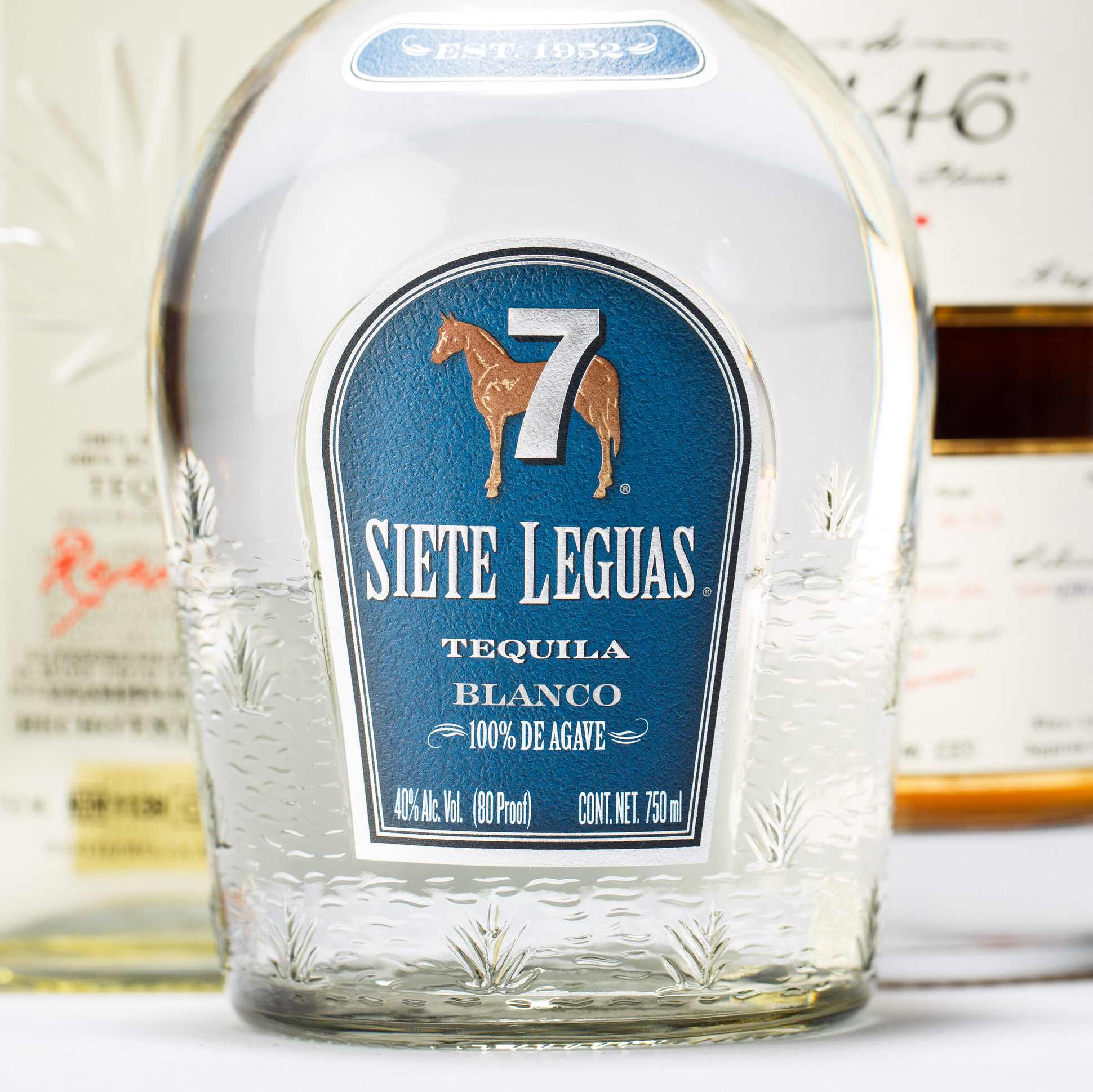
Of all tequilas, blancos offer the purest expression of agave, Martineau says. They are “unaged,” though sometimes kept in a vat for several months to settle. “A really good blanco should have, above all, a very rich nose and body of cooked agave,” she says. “Besides that, there are so many different flavor profiles. Some are really green and herbaceous. Some have chocolate notes. Pineapple in some, jalapeño in some. The best ones have really interesting finishes, too, like pepper or mint. You see why in Mexico they drink tequila with food.”
Best Upgrade from Patrón: Fortaleza Blanco
“This is made by the great-great-grandson of Cenobio Sauza, Guillermo Erickson Sauza,” Martineau says. “He’s not allowed to use the Sauza name anymore –a Spanish corporation bought the distillery and its name in 1976 — but he still owns some of the original family lands. It’s 100-percent tahona-milled. Guillermo was going to do the same thing Patrón does, where they make a blend using some agave that was tahona-milled and some that went through the more modern mechanical shredder. But then he tasted the 100-percent tahona-milled tequila and said, ‘I have to sell this.’ It’s more labor-intensive. But there’s something about the shredder — it shreds the fibers of the agave and introduces more bitter flavors, whereas the tahona more gently presses the agave.”
Tasting Notes: Round and fat. Agave-forward. Rich, creamy, nice minerality that’s imparted from volcanic soils.
Price: ~$45
Best New Tequila: Siembra Azul Valles Blanco
“This is a relatively new brand, created by David Suro, who does a lot of grassroots agave activism. He came up with a tequila made in a very traditional way,” Martineau says. “He is also known for putting so much info on the bottle. You can trace the bottle back to the individual plants used, what field they grew in. He started Siempre Azul to do tequila right, but also as another way to spread this awareness. It’s a labor of love, and a way to put into practice this idea of making tequila sustainably and in a way that respects its history and its people.”
Tasting Notes: Starts with honey and spice. In the body, a rich, cooked agave flavor. A floral note and a minerality in the finish.
Price: ~$40
Best Tequila to Taste Terroir: Tequila Ocho “La Magueyera”
This is a collaboration between the Mexican Tequila Ambassador to Europe, Tomas Estes, and a prolific distiller in the highlands, Carlos Camarena. “The whole idea was to create line of tequilas that are approached the way wine is,” Martineau says. “There are eight tequilas in the line, each one made from agave grown on a different estate. You can taste one next to the other and see what terroir brings to the table for tequila.”
Tasting Notes: Each estate is different; same with the vintage. From Martineau: “I drank the 2014 vintage, which had very tropical aromas, and on the palate, a lot of green flavors: anise, herbs, some green vegetal notes. Eucalyptus on the finish.”
Price: ~$55
Best Weird Tequila: Chinaco Blanco
“There is a new distiller making this tequila, and a lot of people would agree that it’s not the same as it used to be. But I still like it,” Martineau says. “It’s made in Tamaulipas, the one state that’s completely separate from the rest of the tequila appellation. For that reason, it tastes really different. Its agave is also cooked in an autoclave for 12 hours, rather than the brick oven method.”
Tasting Notes: Flavors are intensely herbal. Very floral and very grassy. There’s a zesty lime quality to it, too.
Price: ~$30
Best Reposado Tequilas

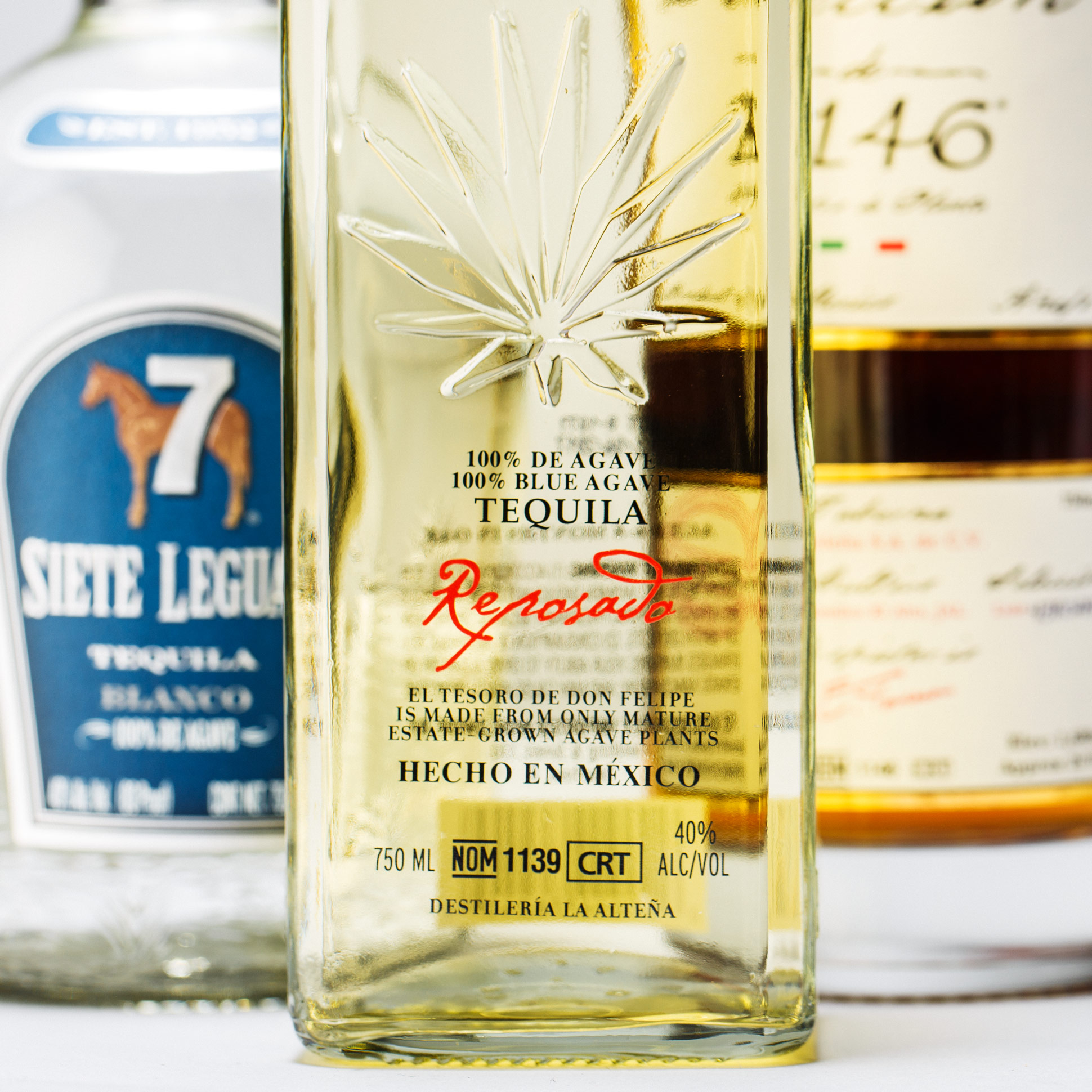
Reposado refers to tequila that’s been aged between two and twelve months in oak barrels. “The amount of time makes a huge difference,” Martineau says, and you can expect different flavor profiles to follow. It’s also worth noting the color of the spirit. “I always raise an eyebrow when I see [a reposado] that’s really, really dark,” she says. “It suggests to me that maybe color was added. I don’t mind seeing a light aged spirit because 11 months is not that long to spend in a barrel.” A good reposado should maintain the agave-forward flavor of a blanco but it’s going to show some barrel: sweetness, vanilla, spice. According to Martineau, however, the best examples are not overwhelmingly influenced by the barrel. “Reposado means rested, not aged,” she says.
Most Robust Reposado Tequila: El Tesoro Reposado
“This is also made by Carlos Camarena,” Martineau says. “A lot of distillers are just happy to have a recipe that works; Camarena never stops coming up with new things. There are a couple ways to approach tequila, and he’s wanted to do all of them. This one uses agave ground by tahona, and is aged up to 11 months in Kentucky bourbon barrels.”
Tasting Notes: A rather intensely flavored spirit. Roasted agave with sweetness. The green earthiness of a blanco gets lifted into something minty. A bit of bourbon vanilla, too.
Price: ~$55
Most Complex Tequila: ArteNOM Reposado 1414
“Another brand that does some interesting projects,” Martineau says. “This one is a twist on estates. Instead of switching where the agave comes from, they used the same agave but had three different distilleries make it. This one is from the distillery numbered 1414.”
Tasting Notes: On the nose, grilled vegetables. On the palate, notes of salt taffy, baking spice, and even a little bit of jalapeño. The finish has a yeasty tang.
Price: ~$45
Most Environmentally Friendly Tequila: 123 Organic Reposado (Dos)
While most reposados are rested in ex-bourbon barrels, this one is aged for six months in new American white oak. It’s both USDA and EU certified organic. “That’s important,” Martineau says, “because some biologists and botanists are concerned about the high level of pesticide and herbicide use on agave, which have caused problems with the health of the soil in tequila regions.”
Tasting Notes: Clean, subtly peppery notes with just a hint of vanilla.
Price: ~$50
Best Añejo Tequilas


Añejos are tequilas that have spent anywhere from one to three years in barrels. After three years, the spirit becomes an extra añejo, which is a rather new category, Martineau says. “Maybe I’m biased here, but I think [some] añejos shouldn’t be. A lot of distillers come out with one to complete their line but aging a spirit is a whole other ballgame, and not every spirit maker knows how to do it.”
Still, there are good añejos out there. They’ll have more color than a reposado, though Martineau warns that very dark ones could be doctored with additives. “I think of [añejos] as something you reach for with dessert,” she says. “You still want that cooked agave, almost pumpkin flavor. But on top of that, you’ll find other flavors, too.” For example, the chocolate notes found in some blancos become sweeter, like milk chocolate, after aging.
Aging influences the weight and texture of a tequila, too. “Once it’s been left in a barrel for this long, you should expect it to have an almost syrupy quality to it,” Martineau says.
Best Tequila for the Wine Lover: ArteNOM Seleccion 1146 Añejo
“Just like the reposado 1414, there’s a wine bent [here],” Martineau says. “The añejo is aged in used Loire Valley wine barrels, then spends an additional year finished in bourbon casks. The Loire Valley is known for its white wines, and the tequila takes on a lot of dried fruit flavor from the wine barrels.”
Tasting Notes: Very warm spices, toasted pepper and nuts. Sweet vanilla and fruitcake.
Price: ~$60
Best Robust Añejo Tequila: Tapatio Añejo
“This is a good standard for a robust añejo,” Martineau says. “It’s another Carlos Camarena brand. Though it’s an 80-year-old brand, it’s only been in the U.S. for a little bit.” It’s from the highlands, and it spends 18 months in bourbon casks.
Tasting Notes: Woody with a real bite. Fruity vegetal notes hold over from the blanco but the finish is all pepper.
Price: ~$45
Best Sleeper Tequila: Pueblo Viejo
“This is an undersung tequila for sure,” Martineau says. “It’s quite a good value for an añejo, considering it spends 18 months in Kentucky oak. It’s brick oven cooked, and mechanical milled. You won’t find it everywhere in the U.S., but if you can, it’ll be very, very affordable.”
Tasting Notes: Earthy, chocolatey notes come through the caramel and vanilla, creating a balanced, layered effect.
Price: ~$30
Most Intense Tequila: ArteNOM Fuenteseca Extra Añejo
“This one’s crazy,” Martineau says. “It’s aged nine years and is a blend of 85 percent liquid aged in American oak and 15 percent aged in French oak. It’s super concentrated, and the kind of drink I’d need to have with a cigar.”
Tasting Notes: The barrel influence hides a lot of the original agave. It’s got some dried fruit, lots of woodspice and tobacco. Like sticking your nose in a cigar box.
Price: ~$190
We spoke with experts and consulted our liquor cabinets to find 10 of the best mid-range ($50-$100) Scotches — and to help you navigate the sea of single malt whiskies. Read the Story



